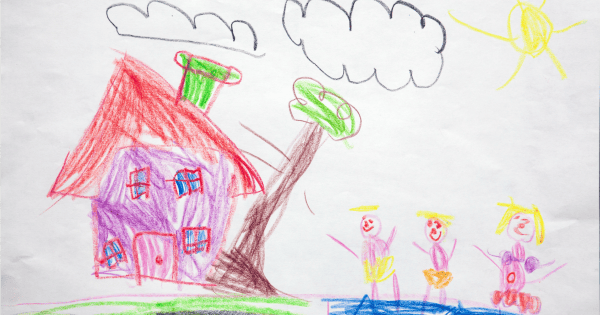
Drawing plays a big role in our cognitive development. It can help us learn to write and think creatively, develop hand-eye co-ordination, hone analytic skills, and conceptualise ideas.
But drawing is rarely used as a tool for learning in schools. Generally, most high school teachers aren’t trained in visual education.
Drawing is not something that should be confined to art lessons – it’s a skill that can play a role in many different subject areas in school education, and later on in the workplace.
For high school students, drawing can be incorporated into learning in many ways, including visual mapping, reflective thinking, organising and presenting information, and a way of communication that can transcend language barriers.
But the transition from primary to high school often brings out insecurities in one’s drawing ability. This means students can be reluctant to use drawing as a way of organising their thoughts .
Here’s why drawing is so important, and why kids should be taught the skill in school.






Top Comments
We've got kids out there who can't read and write and do basic math when they finish school
and you want them to learn drawing??
I've got kids in prep and year 1 who do nothing but literacy, literacy, more literacy and numeracy. They pretty much have no creativity in the classroom anymore. Their art is 100% directed by the teacher and supervised to make sure they're all doing it exactly the same. Yes, drawing and creative thinking will go along way. That's why I'm removing them from school.
I don't think you can teach creativity and artistic talent, that normally comes from within themselves or from the parents and very few people have it or can survive on that alone.
Literacy and numeracy however is essential and can be taught and is vital to your childs future.
Good luck with that.
Perhaps your children will be able to draw and paint in all their spare time when they can't get jobs.